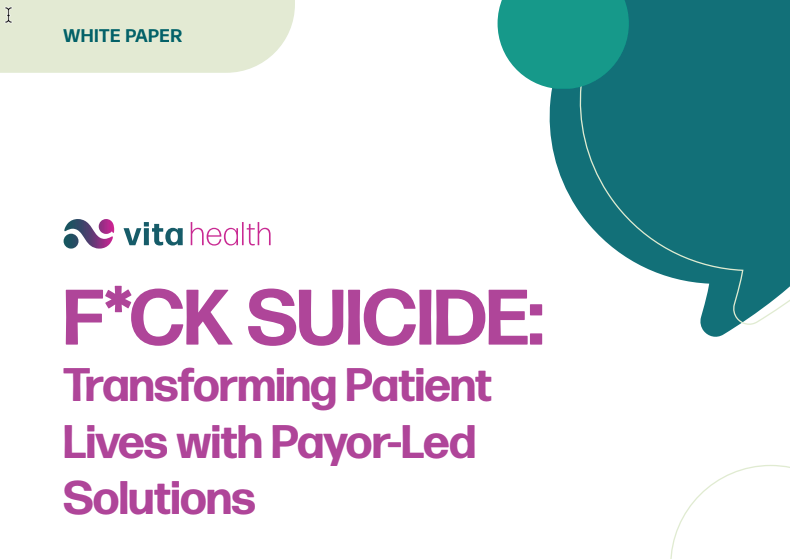Importance
Suicidal behavior is a major public health problem in the United States. The suicide rate has steadily increased over the past 2 decades; middle-aged men and military veterans are at particularly high risk. There is a dearth of empirically supported brief intervention strategies to address this problem in health care settings generally and particularly in emergency departments (EDs), where many suicidal patients present for care.
Objective
To determine whether the Safety Planning Intervention (SPI), administered in EDs with follow-up contact for suicidal patients, was associated with reduced suicidal behavior and improved outpatient treatment engagement in the 6 months following discharge, an established high-risk period.
Design, Setting, and Participants
Cohort comparison design with 6-month follow-up at 9 EDs (5 intervention sites and 4 control sites) in Veterans Health Administration hospital EDs. Patients were eligible for the study if they were 18 years or older, had an ED visit for a suicide-related concern, had inpatient hospitalization not clinically indicated, and were able to read English. Data were collected between 2010 and 2015; data were analyzed between 2016 and 2018.
Interventions
The intervention combines SPI and telephone follow-up. The SPI was defined as a brief clinical intervention that combined evidence-based strategies to reduce suicidal behavior through a prioritized list of coping skills and strategies. In telephone follow-up, patients were contacted at least 2 times to monitor suicide risk, review and revise the SPI, and support treatment engagement.
Main Outcomes and Measures
Suicidal behavior and behavioral health outpatient services extracted from medical records for 6 months following ED discharge.
Results
Of the 1640 total patients, 1186 were in the intervention group and 454 were in the comparison group. Patients in the intervention group had a mean (SD) age of 47.15 (14.89) years and 88.5% were men (n = 1050); patients in the comparison group had a mean (SD) age of 49.38 (14.47) years and 88.1% were men (n = 400). Patients in the SPI+ condition were less likely to engage in suicidal behavior (n = 36 of 1186; 3.03%) than those receiving usual care (n = 24 of 454; 5.29%) during the 6-month follow-up period. The SPI+ was associated with 45% fewer suicidal behaviors, approximately halving the odds of suicidal behavior over 6 months (odds ratio, 0.56; 95% CI, 0.33-0.95, P = .03). Intervention patients had more than double the odds of attending at least 1 outpatient mental health visit (odds ratio, 2.06; 95% CI, 1.57-2.71; P < .001).
Conclusions and Relevance
This large-scale cohort comparison study found that SPI+ was associated with a reduction in suicidal behavior and increased treatment engagement among suicidal patients following ED discharge and may be a valuable clinical tool in health care settings.



